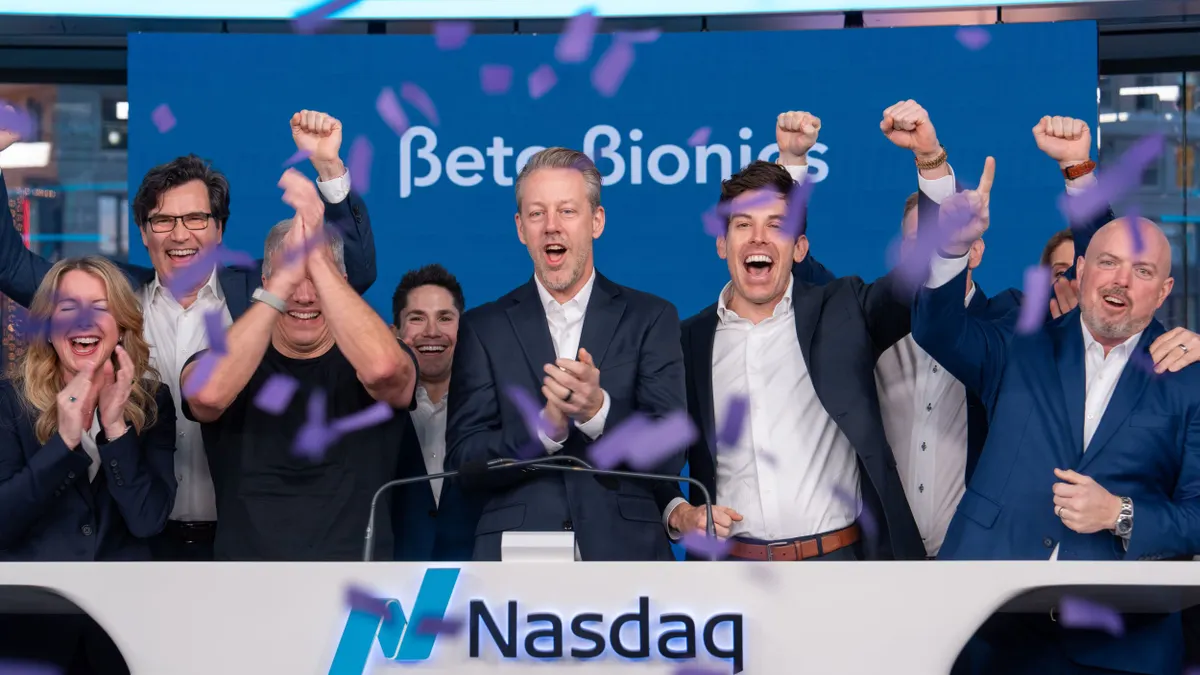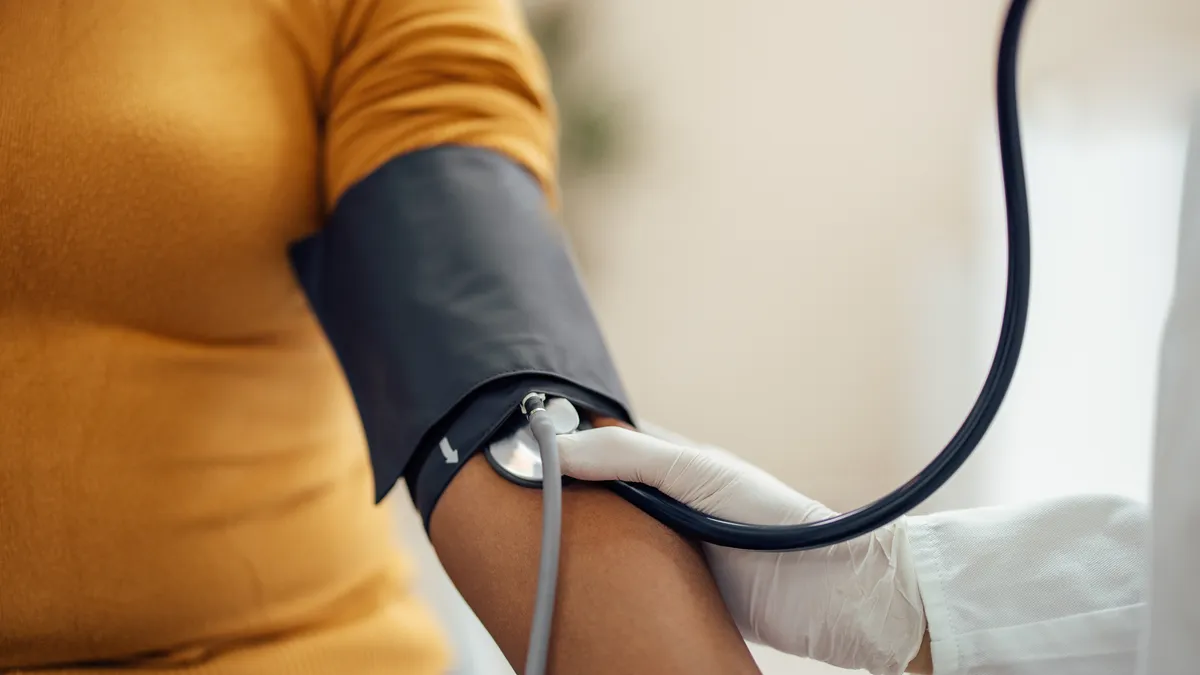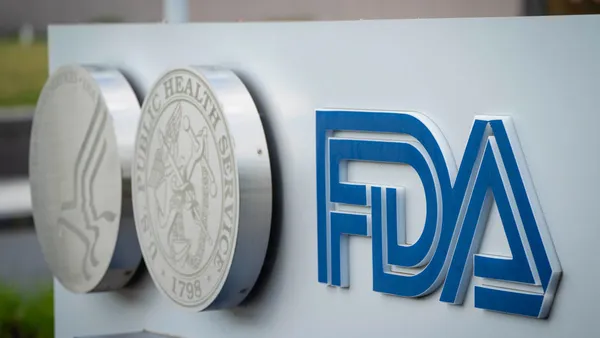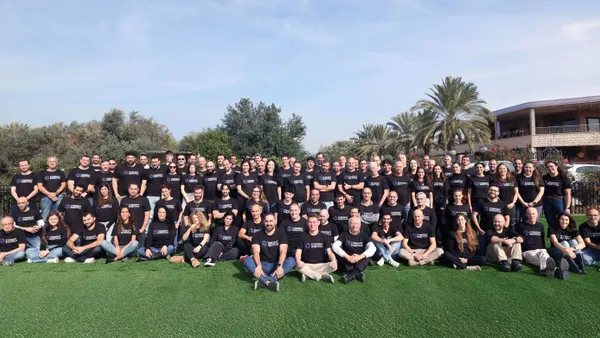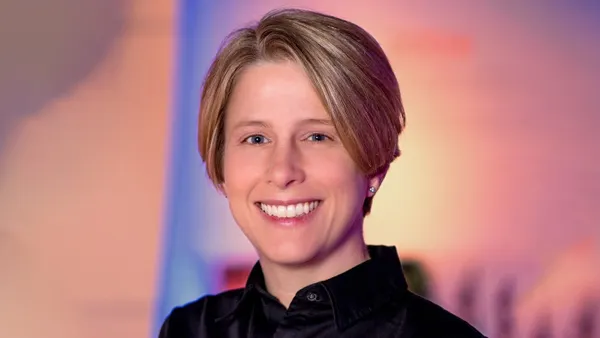Editor’s note: This is the second story in a two-part series about the medtech industry’s IPO environment. You can read the first story on whether the medtech IPO window is finally open here.
The medical device industry was in a three-year drought for initial public offerings before a handful of companies went public in a short span, possibly opening the sector’s IPO window for the first time since a 2021 spike.
Beta Bionics, which makes an insulin delivery system it calls a “bionic pancreas,” was one of those firms to test the public markets after a dearth of IPO activity. The company went public in late January, raising more than $200 million, ahead of the originally expected $114 million.
The IPO process is a long, challenging path for companies to follow. It can take years of planning and hundreds of meetings with investors, and many companies set their go-public date roughly a year in advance.
Beta Bionics CEO Sean Saint and CFO Stephen Feider spoke to MedTech Dive about the IPO process, what’s changed since going public and how companies should prepare for their own public offerings.
This interview has been edited for clarity and brevity.
MEDTECH DIVE: What has changed since Beta Bionics went public?

SEAN SAINT: From my perspective, what goes on within the walls of Beta Bionics hasn’t changed. We’re still trying to make the best devices for people with diabetes that we can, and we’ll continue to do exactly that. I continue to speak to the same people — those conversations have evolved, right? Because there are things I can’t say now that maybe I could say before. But the audience hasn’t changed one iota.
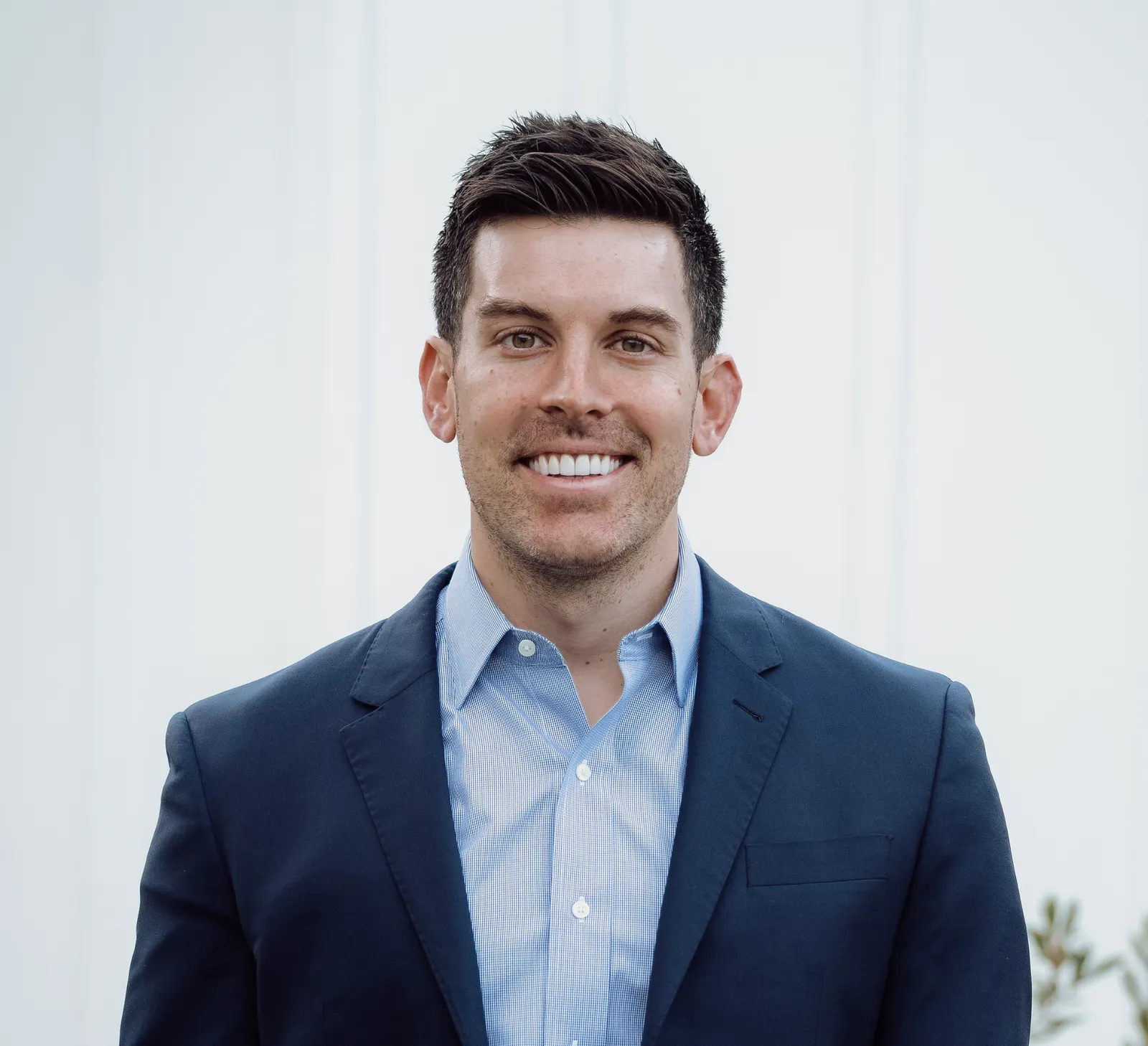
STEPHEN FEIDER: The obvious change is the disclosure requirements that are kind of a pain to manage, and there’s compliance, but they’re necessary because that’s what makes the public markets operate with the level of truth and transparency that’s required. It didn’t catch me by surprise, but it’s certainly more work.
One thing that has surprised me is our stock price. We opened our IPO at $17 per share on Jan. 29, and today we’re trading somewhere around $10 per share. Nothing about our company is any different over those two months. We gave no guidance that was any different than what we gave at the IPO; the company is exactly the same; and all we’ve shared with the public is good news. That creates a level of inquiry and requires a little bit of care and feeding that I didn’t fully expect. And that’s from investors and also the employee base, asking, “Why is our stock down?” When you have a price tag on your company, you have to respond to news in a different way.
Sean and I have mostly operated private companies our whole career, and at times have had to raise money. When you're operating a private company, you're always selling to get attention, and you're fighting from behind when it comes to attention — at all times. So you end up being really transparent about what’s going on. Now we’re operating in a world where we can just not say much about anything. When we get questions from investors, we have to be super careful about how we answer the questions to make sure that it’s consistent with everything else we’ve already said, and that it’s not considered material, non-public information. This level of filter that’s on two guys who have sold for a living is way different.
When did you decide to go public? And why did you feel like it was time?
SAINT: You need more than a year in advance, and one of the things that you do is you call an organization meeting and get your team together, your lawyers, your bankers — everybody — and you talk about the plan. It’s hard to pick certain dates. One date we picked was that we were going to “flip public” on January 6, which is when the public has a chance to see our S1. That was back in April 2024 or May 2024, and we flipped public on January 6. Now, that doesn’t mean go public. You wait two weeks and you have your road show, and then you do the actual IPO launch. But it’s a date that we control at some level, and we were able to hit that date to the day almost a year in the future.
I know that there’s plenty of people that will tell you, “You don’t want to be a public company.” But, yeah, you do though. You do because it allows people to more easily invest in your stock … It also allows people to more easily trade in and then they can more easily trade out as well. It gives us more ready access to capital. It gives us some level of liquidity for our employees, for our founders, for our shareholders, for our previous investors — all of those are good things. So, I suppose I would say it differently: Not why do it, but do it when you’re ready.
What are some financial metrics you looked at to determine the company was ready?
SAINT: There are certain metrics that you need to hit. They change every day, and they’re not written down. We’ll share with you our perspective on them and what we’re hearing, but they may not be the rules today. They were the rules that were shared with us when we were preparing for our IPO. You should have a revenue stream that’s significant, maybe $50 million a year. Now, in the past, we’ve seen plenty of pre-revenue medtech companies go out, right? Dexcom was an example of that. And they’ve been phenomenally successful in the long term, one year pre-revenue. But pre-revenue doesn’t work as well anymore, as shared with us. Some level of revenue predictability is another important metric.
Beta Bionics raised more money than you originally expected. What ended up causing the upsized IPO?
SAINT: As with anything in life, it’s all a negotiation, including how much money you’re going to raise. And you've got to start on one side. When you sell a car, you never start too low. When you’re raising money, you never start too high because it starts to look crazy. At the end of the day, the process went somewhat to plan. But you also don’t know that you’re going to be able to do that. We were really quite pleased with the response to the road show and the indications of interest that we got. We’re thrilled to get basically where we thought we wanted to be to begin with.
FEIDER: One year in advance of your IPO date, you’re starting to tell investors that you’re going to go public, and then all that year, you do hundreds of meetings, or over 100 meetings in our case, with these different groups, trying to get them to do the work. Trying to get them to understand your business, build their model. But you’re never talking price. You never say anything about the valuation.
Well, then you have one week where we have an assessment of what we want to sell our shares at relative to those hundreds of investors that we’ve been talking to. In our case, we picked $15. And then we got indications of demand at that $15. One week before the IPO, it was clear that demand was way more than we expected at $15, so we bumped the price to $17. We wanted to take on a little bit more because we liked all the demand.
You have a plan. But then if there’s more demand than you expect, now all of a sudden you like the terms more and you can change all of that right at the buzzer. You don’t get that news until literally two days before you saw us ringing the bell on Jan. 29.
Do you have advice for companies that may be thinking about doing an IPO?
FEIDER: If someone is thinking about taking a company public, or what it takes to get from here to there, the most non-obvious thing is that investors won’t invest in your stock unless they’ve had sufficient time to do a lot of homework. What does that actually mean when you turn that into actions for the company? It means that the real process of going public is about a year in advance of your actual IPO date. Even more specifically, it’s unwavering confidence on the date that you’re going to go public. If you say, “Hey, we are going to go public. We’re probably going to raise a couple of hundred million dollars, and here’s why we’re going to go public. And it’s going to happen in early January” — investors want to feel like they have eagerness — now you’ve got their attention.
If you have a relationship with them, they’ll start doing the work, and then over the next year, you’ll give them updates. But, again, the key point is to pick a schedule, keep to it, and start one year in advance. All the other compliance stuff can happen in the six months leading up to your IPO date, but if you don’t give investors enough time to do the work, they’ll never invest.


